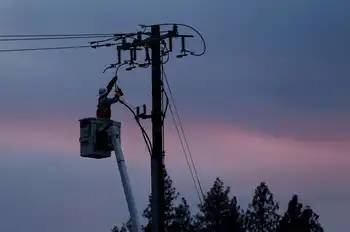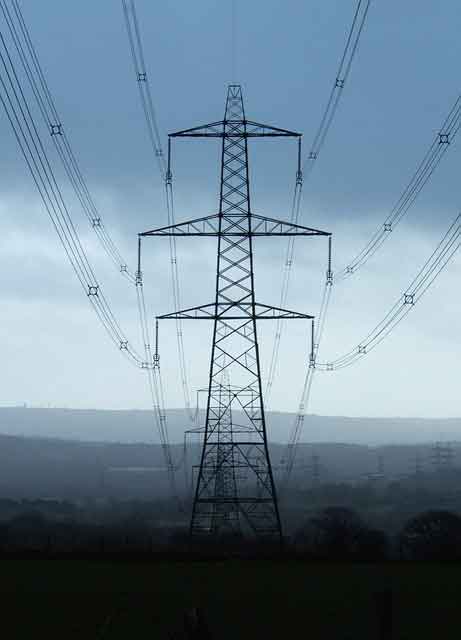GM plans affordable EV for India
By Toronto Star
CSA Z462 Arc Flash Training - Electrical Safety Essentials
Our customized live online or in‑person group training can be delivered to your staff at your location.

- Live Online
- 6 hours Instructor-led
- Group Training Available
The two companies have been collaborating for 10 months and have already created test models of the new vehicle, an all-electric version of the U.S. automaker's compact Chevrolet Spark, said GM India president Karl Slym.
"We're confident we have a product we can bring to market next year," he said in an interview.
If successful, an electric version of the Spark could be sold in the car's other major markets, namely South Korea, China, and Europe.
The Spark currently sells for about 260,000 rupees (US$5,200) in India. Slym said a price had not yet been set for the electric version of the car, but the goal is to keep it "affordable.''
Capital expenditure will be minimal, he said. The car will be manufactured at GM's existing plants in India – at Halol, in the western state of Gujarat, and at Talegon, in neighboring Maharashtra – which can together churn out 225,000 vehicles a year.
The electric car market in India is minuscule. Reva, which sold its first electric car in India in 2001, says it has put over 3,000 electric vehicles on the road. The company, based in the southern city of Bangalore, is working to expand its annual production capacity to 30,000 vehicles.
Slym said initial production of the electric Spark would be in the thousands, rather than the hundreds.
A major hurdle for alternative fuel technologies in India has been lack of infrastructure. Public buses and some autorickshaws and taxicabs in cities like Mumbai and New Delhi run on natural gas, but outside major centers refueling stations aren't available.
In the last year and a half, India's leading carmakers, like Maruti Suzuki and Hyundai, have created natural gas versions of popular models. GM also sells a version of the Spark that runs on liquefied petroleum gas.
But despite government efforts to expand natural gas refuelling stations, the scanty infrastructure outside urban centers has kept sales volumes low, said Vaishali Jajoo, auto analyst at Mumbai's Angel Broking. It will be at least five years before the government turns its attention to building a network of electric charging stations, she said.
"It's not even in talks right now," she said.
Slym said the electric Spark would sidestep the infrastructure problem because you can charge it by plugging it into an outlet in your home overnight. "This technology makes good sense," he said. ''There's no barrier to entry caused by infrastructure.''
For faster recharge, Slym would like to build a network of special charging stations at GM dealerships and petrol pump stations.
Jajoo said an electric version of the Spark would likely suit urban commuters who want to cut fuel costs and have a regular supply of electricity, but don't need to travel long distances.
An all-electric car probably wouldn't be able to go more than 300 kilometers without recharging, she said, adding that much of India's rural heartland still doesn't have reliable access to power.
GM recently opened a battery research lab in the U.S. to hasten development of electric and hybrid cars. Production of the Chevrolet Volt, a hybrid that can drive up to 40 miles without gasoline, is slated to start in the U.S. in late 2010.
GM also said that it plans to open a new research center in Shanghai focused on developing "breakthrough" auto technologies for the future, like battery cells and driverless vehicles.











